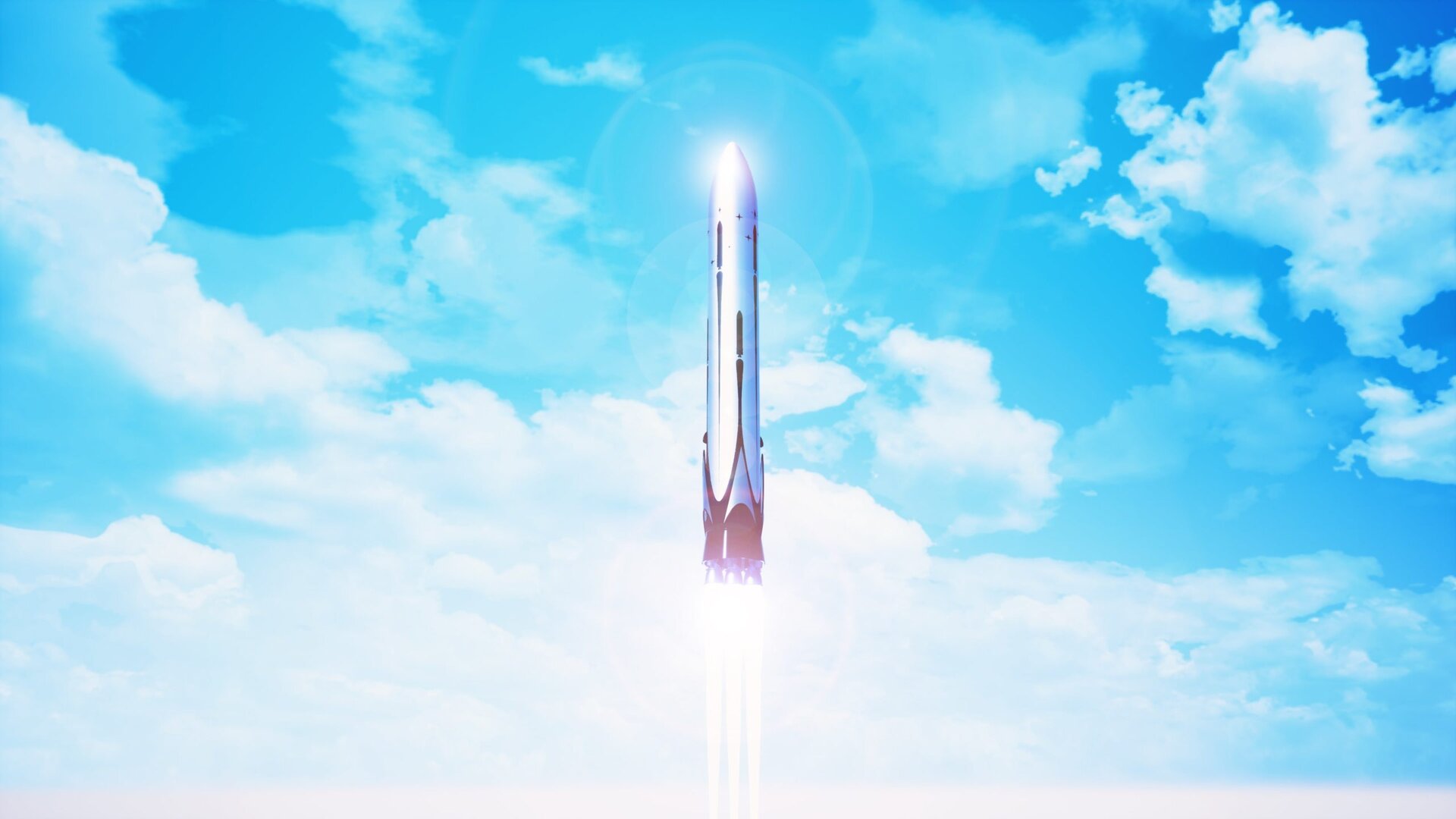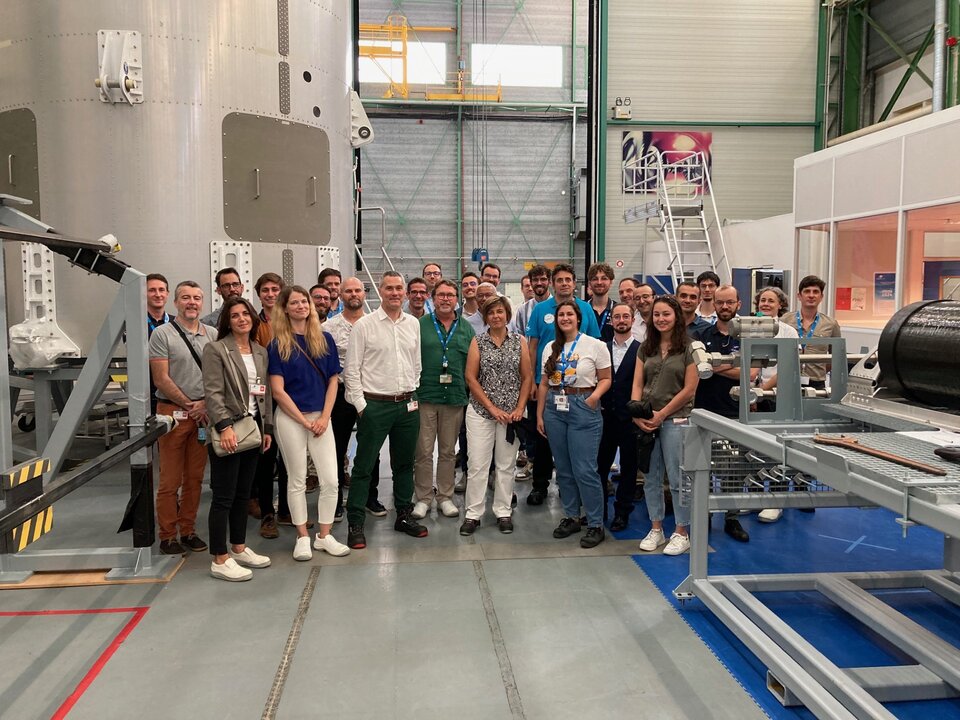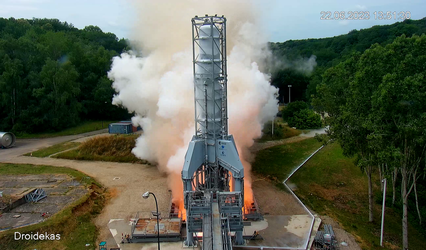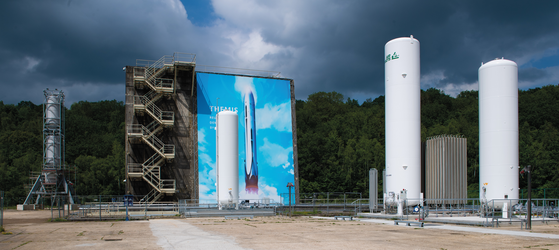Themis
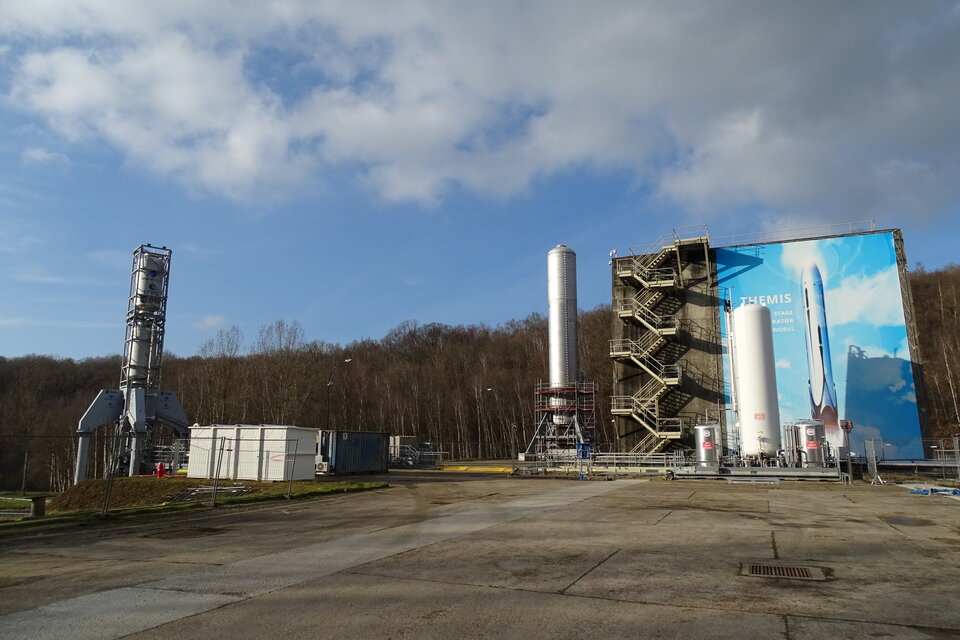
Themis is an ESA rocket prototype – a flagship European demonstrator for low-cost rocket recovery and reuse technologies. Themis will be powered by the reusable, methane-fuelled engine Prometheus, named after the Greek mythological figure who stole fire from the gods and brought it to humans. Themis was the mother of Prometheus. Developed with ArianeGroup as prime contractor and building on decades of European research and experience in rocketry and space operations, Themis is designed to launch, land vertically and live on for another mission.
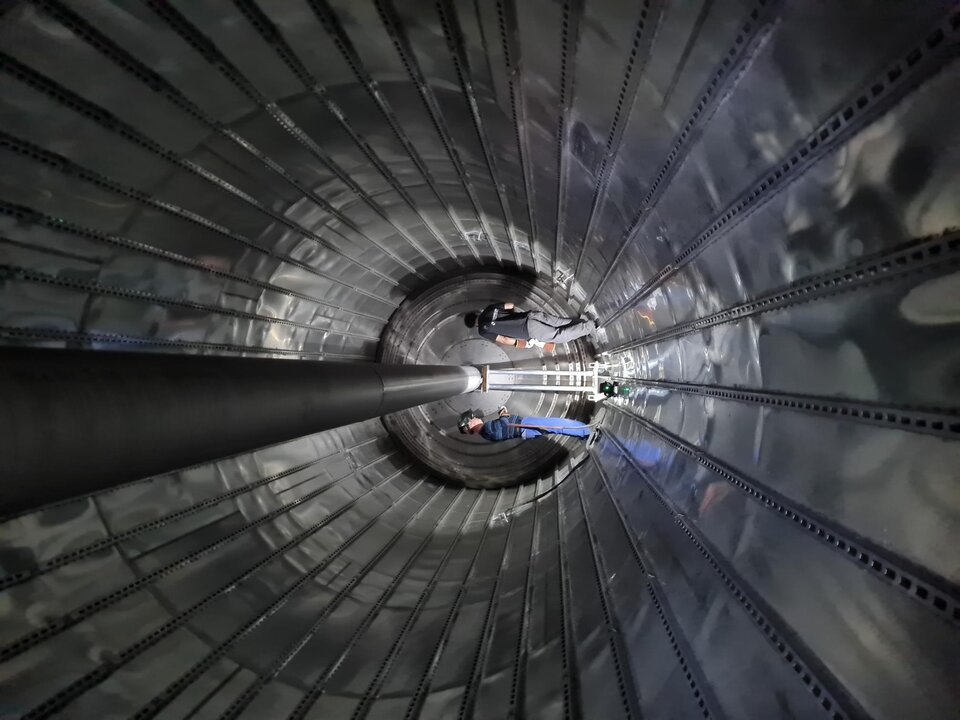
Themis encompasses all the elements for a reusable rocket stage. The Themis programme includes developing the flight test model that requires new technologies from European countries such as the vehicle landing legs, grid-fin aerodynamic stabilisers, light-weight fuel tanks, distributed power systems, avionics and reduced-diameter multi-engine bay. New flight algorithms, derived from previous European projects, will be key to make Themis land safely after flight.
Unlike all European cryogenic rocket engines to date, Prometheus will use liquid methane at –162 °C as a fuel instead of hydrogen. This has advantages as methane is denser and easier to handle than hydrogen, so it will reduce costs in engine and launcher design and will ease in-flight vehicle reignition. This ability to reignite mid-flight is key as Themis will need to restart its Prometheus engine several times as it descends back to Earth to land.
Europe’s largest rocket engine in use today – the Vulcain – runs on hydrogen and has comparable power to Prometheus. However, the Vulcain engine does not restart during the flights of Ariane 5 and Ariane 6 – Prometheus will be just as powerful, restartable and about ten times cheaper. The Themis stage is about the same length as an Ariane 5 core stage (the lower portion of the rocket without the upper stage and fairing) but is smaller in diameter.

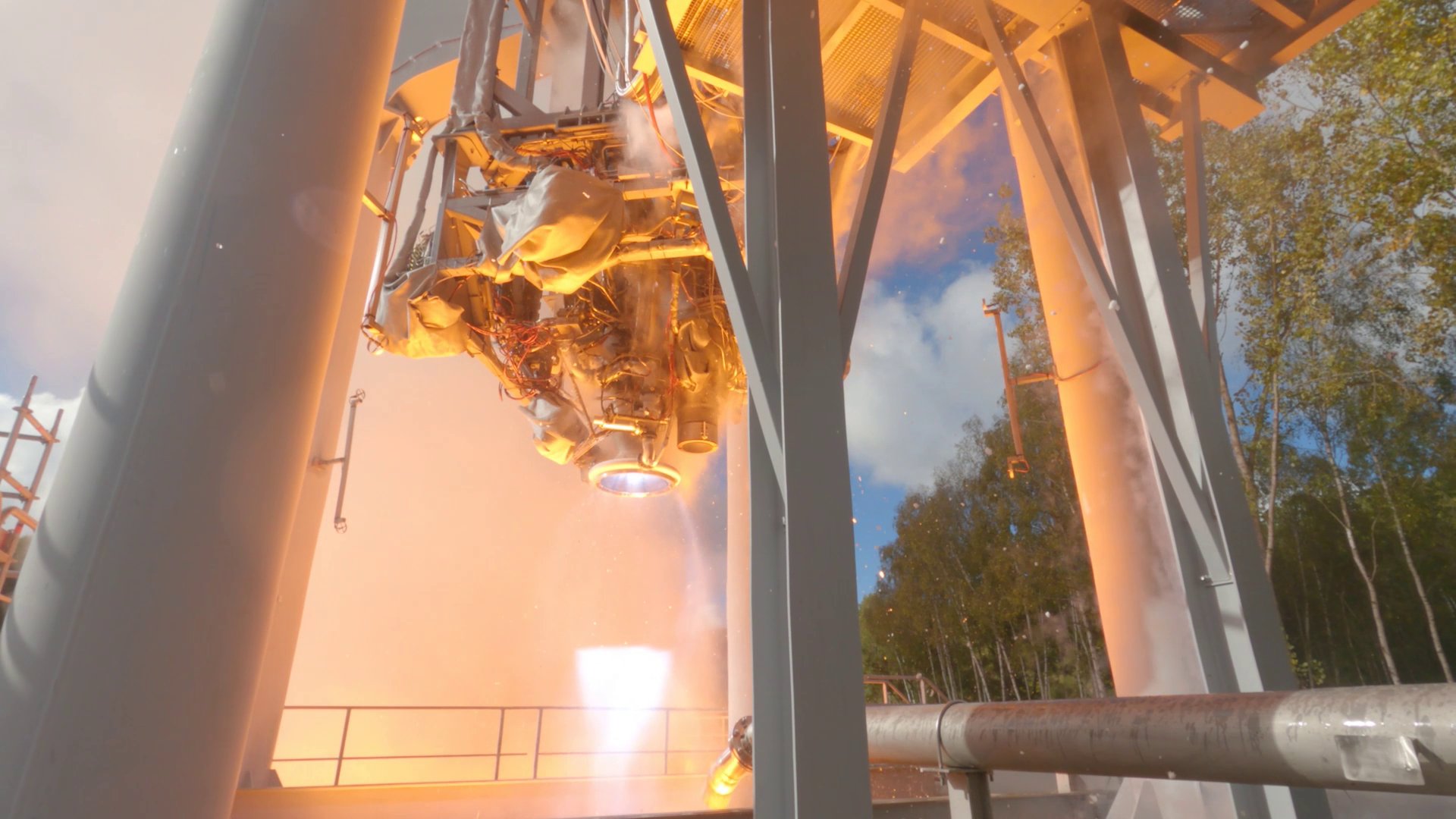
Access the video
From idea to landing
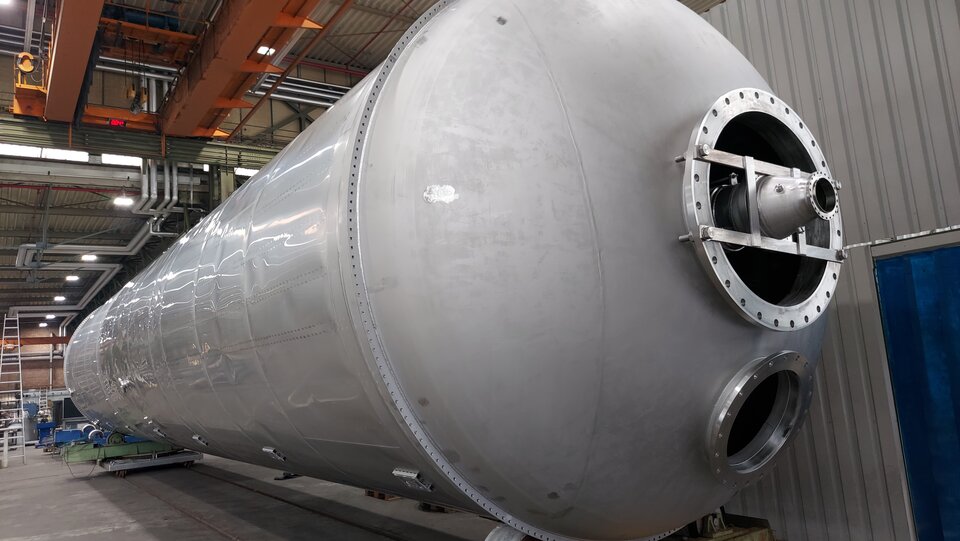
A full-scale Themis functional ‘test bench’ in Vernon, France, is being used to put the Prometheus engine and Themis stage through their paces. Hot fire tests are regularly conducted at this test site, to analyse how the Prometheus engine behaves and gather data while staying securely in place and on the ground. The first Themis flight model, named T1H (Themis-1 engine-Hop tests), is also being assembled and tested with engineers validating the various systems and ensuring all elements work well together.
Hop
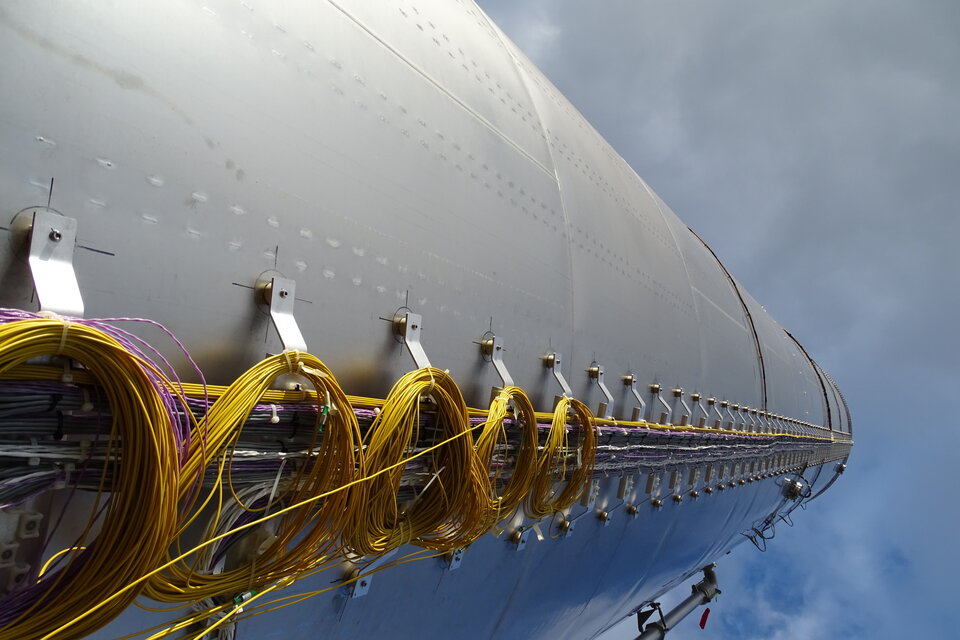
The first Themis flights will be from Europe’s launch centre, Esrange, in the north of Sweden, in collaboration with the European Commission’s Horizon Europe project Salto. The first flight will be a small “hop”, where the engine will fire continuously but at varying ‘throttles’ – this in itself will be a first for Europe with the use of cryogenic propulsion. Flying up to 100 m on its first trip towards space, the hop-test is a significant milestone and allows engineers to focus on the critical landing and ground sequences for such a rocket.
Themis will have a busy landing, as the mission designers want to recover any excess fuel in the light-weight stainless steel tanks as quickly as possible after touchdown to avoid any possible incident that could damage the landing pad.
Themis is designed to touchdown on land within an area of just 20 x 20 square metres, a third of the size of a football pitch, where a swarm of robots will be on standby at the landing pad to scuttle to the rocket, connect hoses and pump out the leftover fuels.
Themis will also demonstrate technologies needed for more sustainable rocket operations, such as the use of ‘biomethane’ – methane derived from renewable sources – to power its flights and any release of gaseous methane in the atmosphere will also be avoided with the robotic swarm of robots to recuperate any unburnt methane.
Cruising and landing

A second series of tests are planned in Kiruna, currently being defined in detail, that will see Themis fly higher and, more interestingly for the engineers, during its flight the Prometheus engine could be turned off before being fired up again for landing. This second flight campaign may ultimately see Themis reach altitudes above 20 km – twice as high as the cruising altitude of a passenger jet.
What will Themis become?
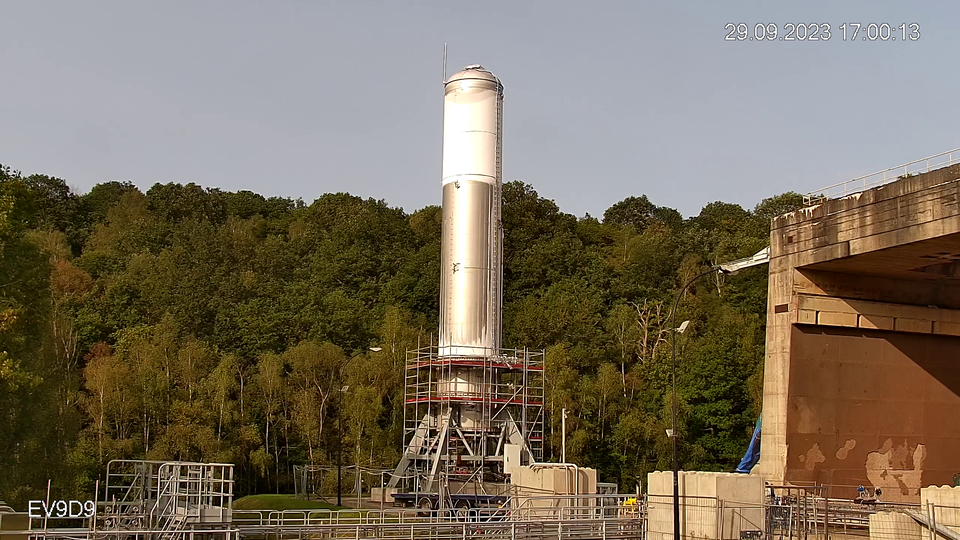
There’s a great deal of potential for the Themis demonstrator derivatives, which could become the first stage for a new rocket or even be used as boosters for a bigger, modular launcher. Such subsequent versions of the Themis stage will have not one, but three Prometheus engines to power the rocket 100 km above our planet’s surface, just reaching the limit of space known as the “Kármán line”, which is typical of a liquid rocket first-stage mission.
ESA’s future launchers programme
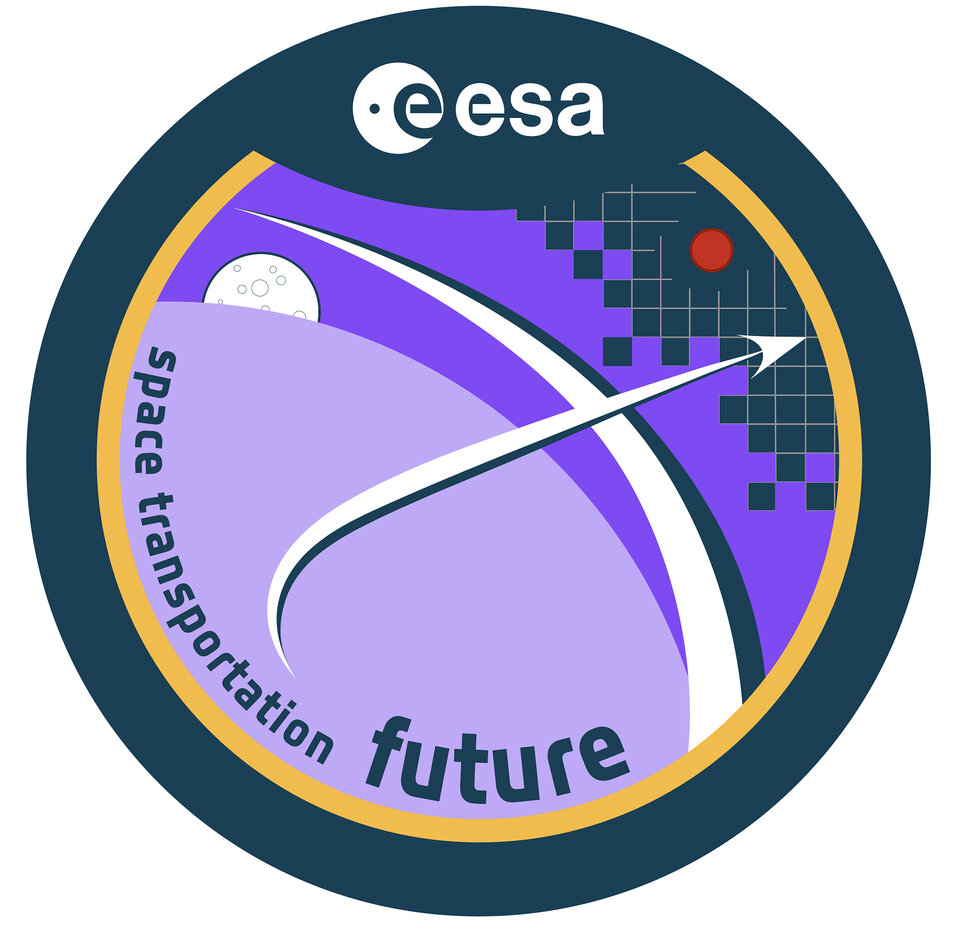
Themis will demonstrate and prove Europe’s ability to take off and vertically land a rocket, and will also be the flying test bed for other technologies such as new avionics or engine activation and controls developed across ESA programmes.
Themis is part of ESA’s Future Launchers Preparatory Programme, developing new launch systems to meet Europe’s institutional and commercial needs and putting Europe at the forefront of developments in space. It oversees launch system studies and research activities while challenging industry to create new, reliable technologies at lower cost, working towards a more reusable and sustainable use of space.
The design and production of Themis is also demonstrating agile management of a large programme, allowing European engineers to work better and faster, respond quickly to events and challenges as they come up and encouraging faster and easier collaboration between all parties designing and building the rocket stage.
Technical details
Themis rocket stage
| Class | Mini launcher, 2000 kg to low Earth orbit |
| Multiple use cases | Rocket first stage, modular launcher, liquid boosters |
| Height | 28 m |
| Diameter | 3.5 m |
| Landing accuracy | 20 x 20 m |
Prometheus engine
| Fuel | liquid oxygen and methane |
| Class | 120 tonnes, low-cost, reignitable |
| First ignition | 30 September 2022 |
Test sites
| Ground tests | ArianeGroup test centre in Vernon, France |
| Hop tests | Swedish Space Corporation Esrange Space Center, Kiruna, Sweden |
European collaboration
| Main partners | ArianeGroup, Swedish Space Corporation, Almatech, SABCA, CNES |
| Funding | ESA, European (Horizon Europe for hop tests) and national programs (France Relance) |
| Participating ESA Member States | • Belgium • Switzerland • Spain • France • Hungary • The Netherlands • Poland • Sweden |


